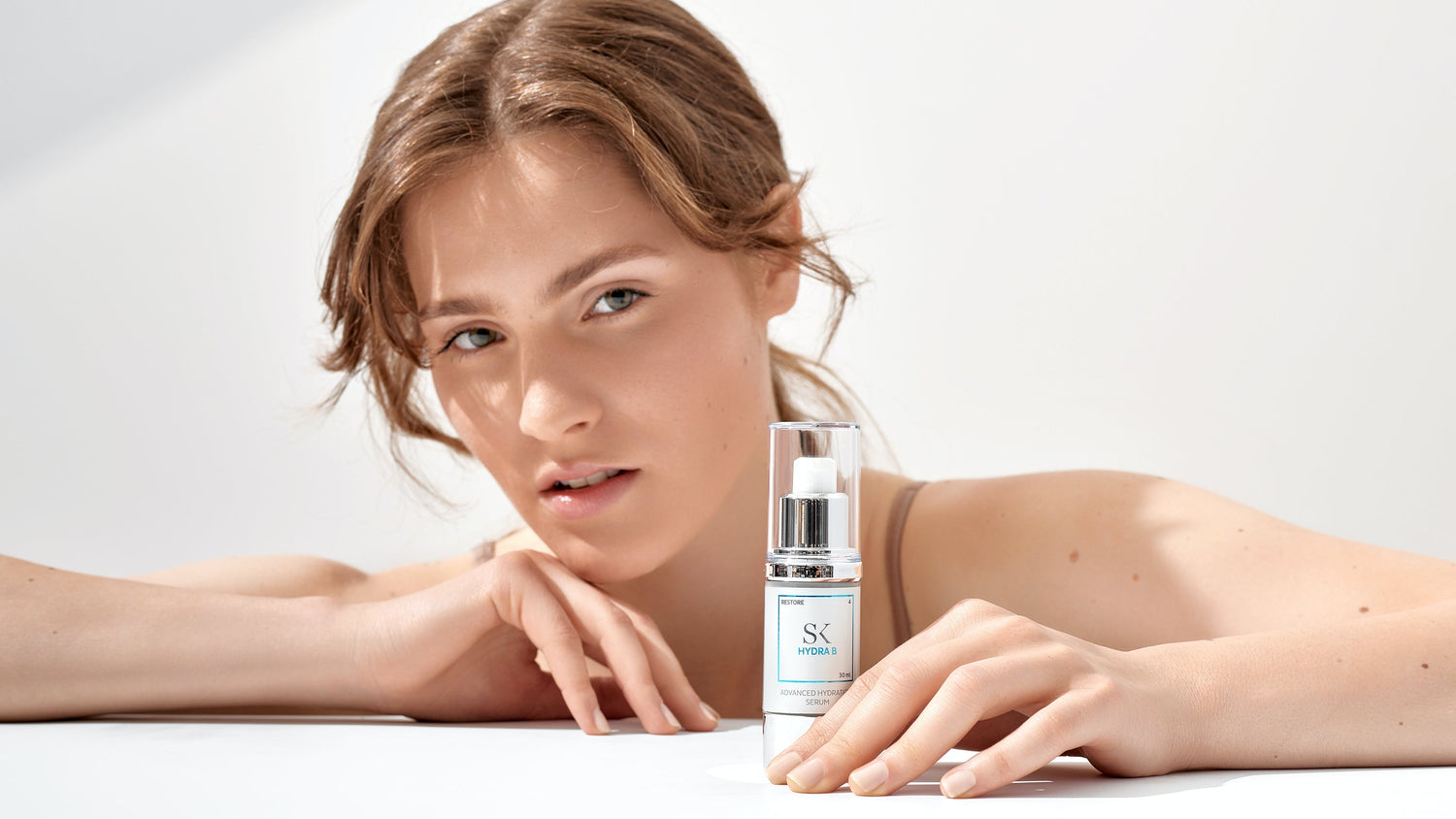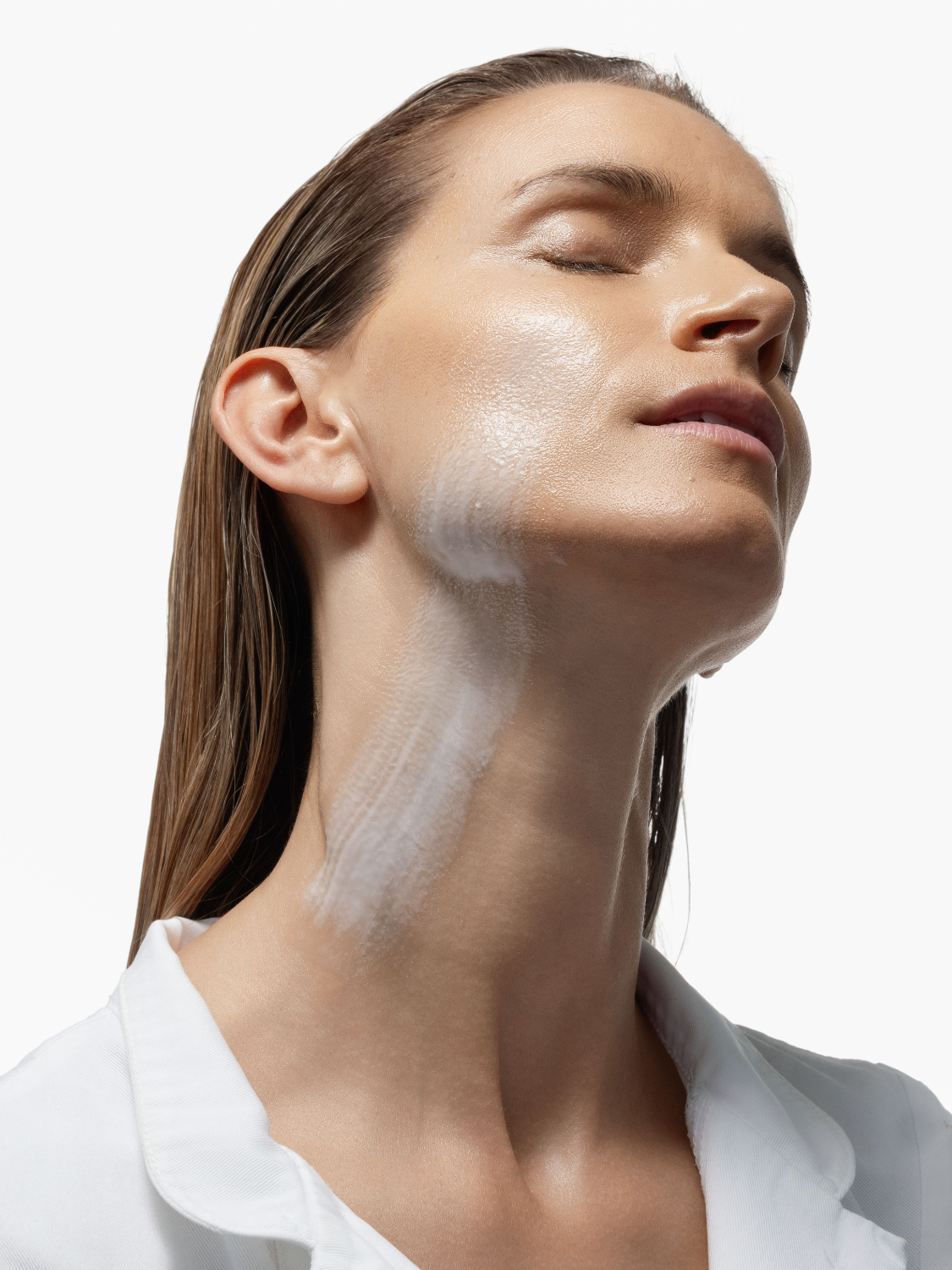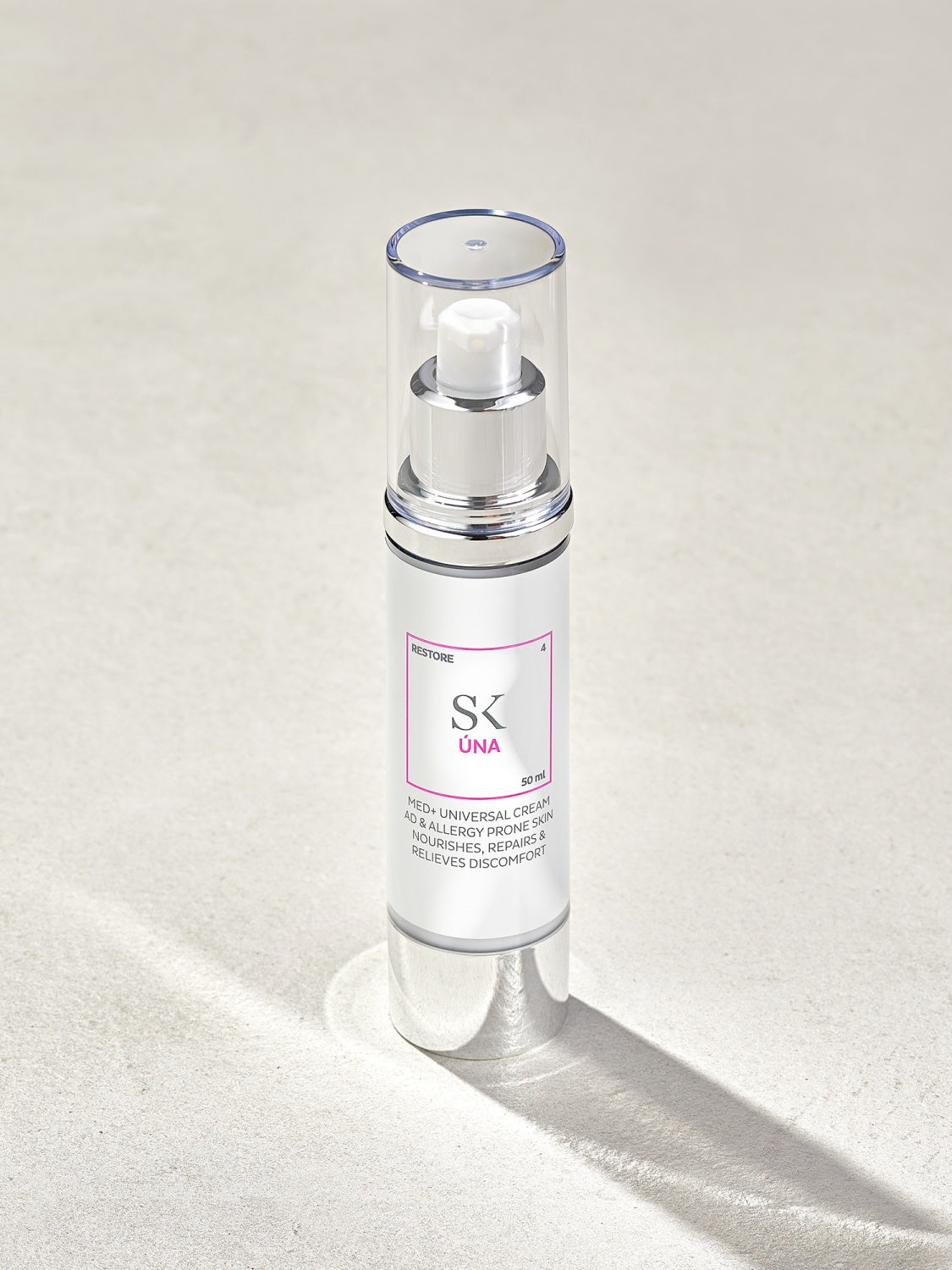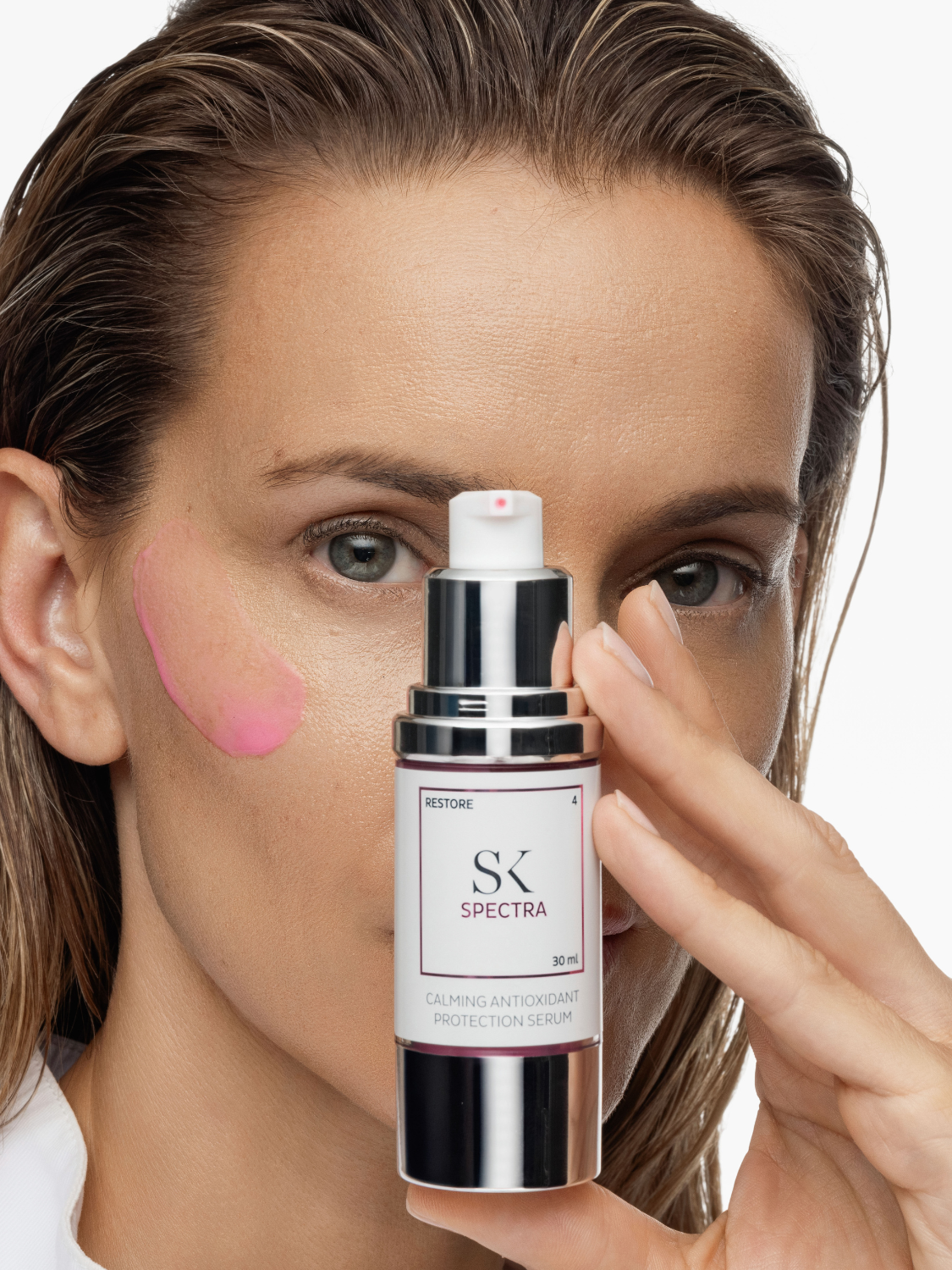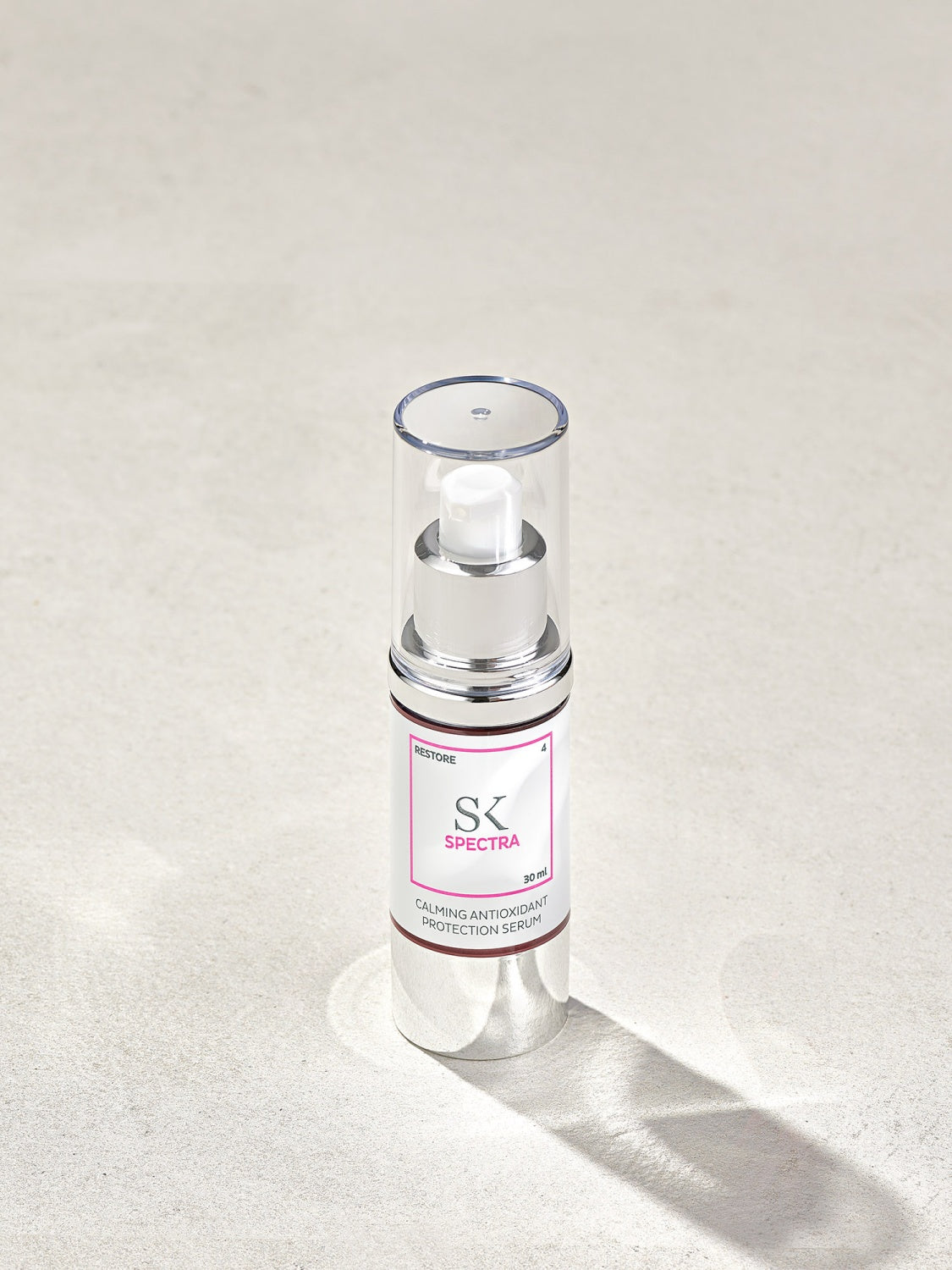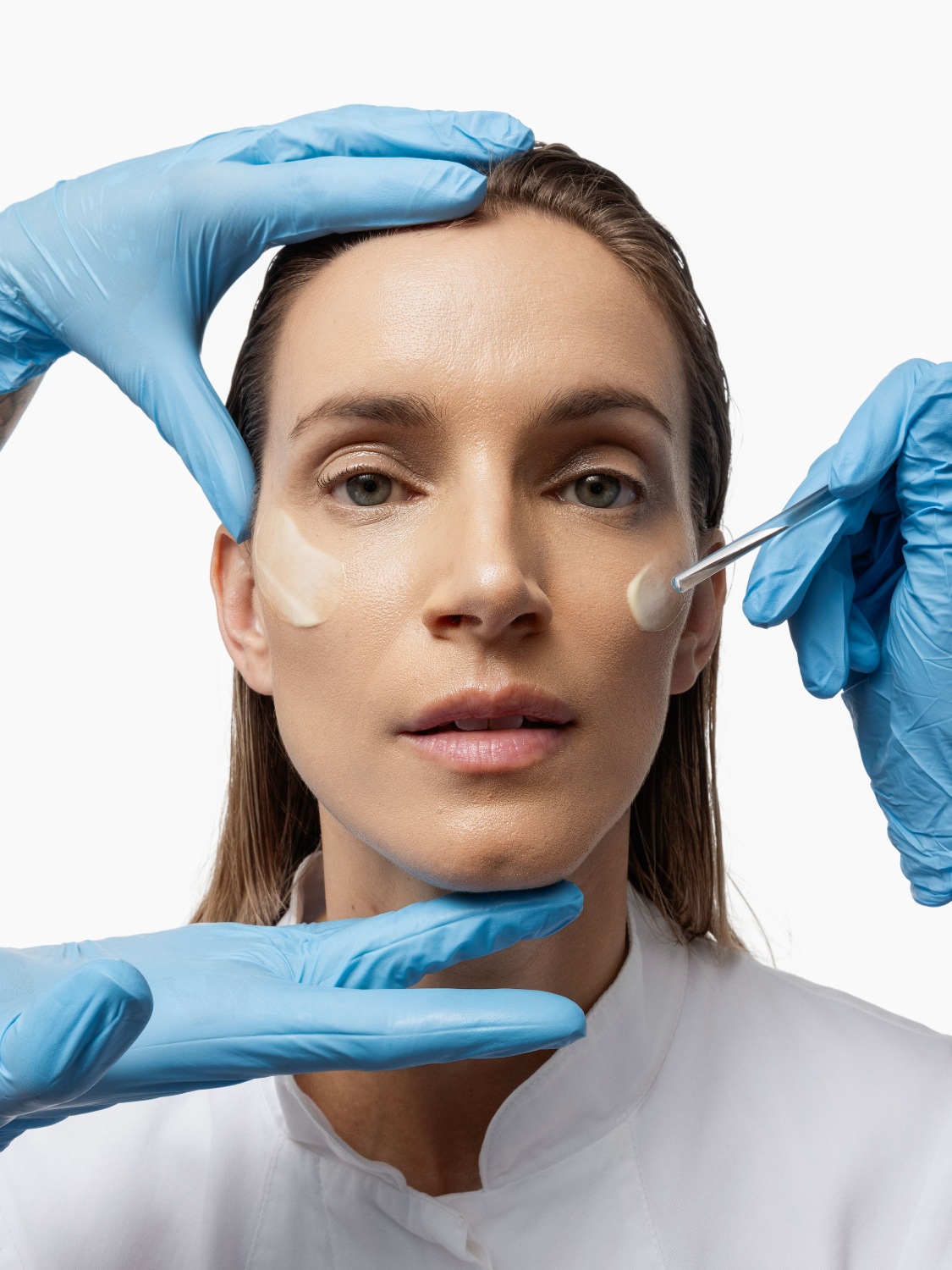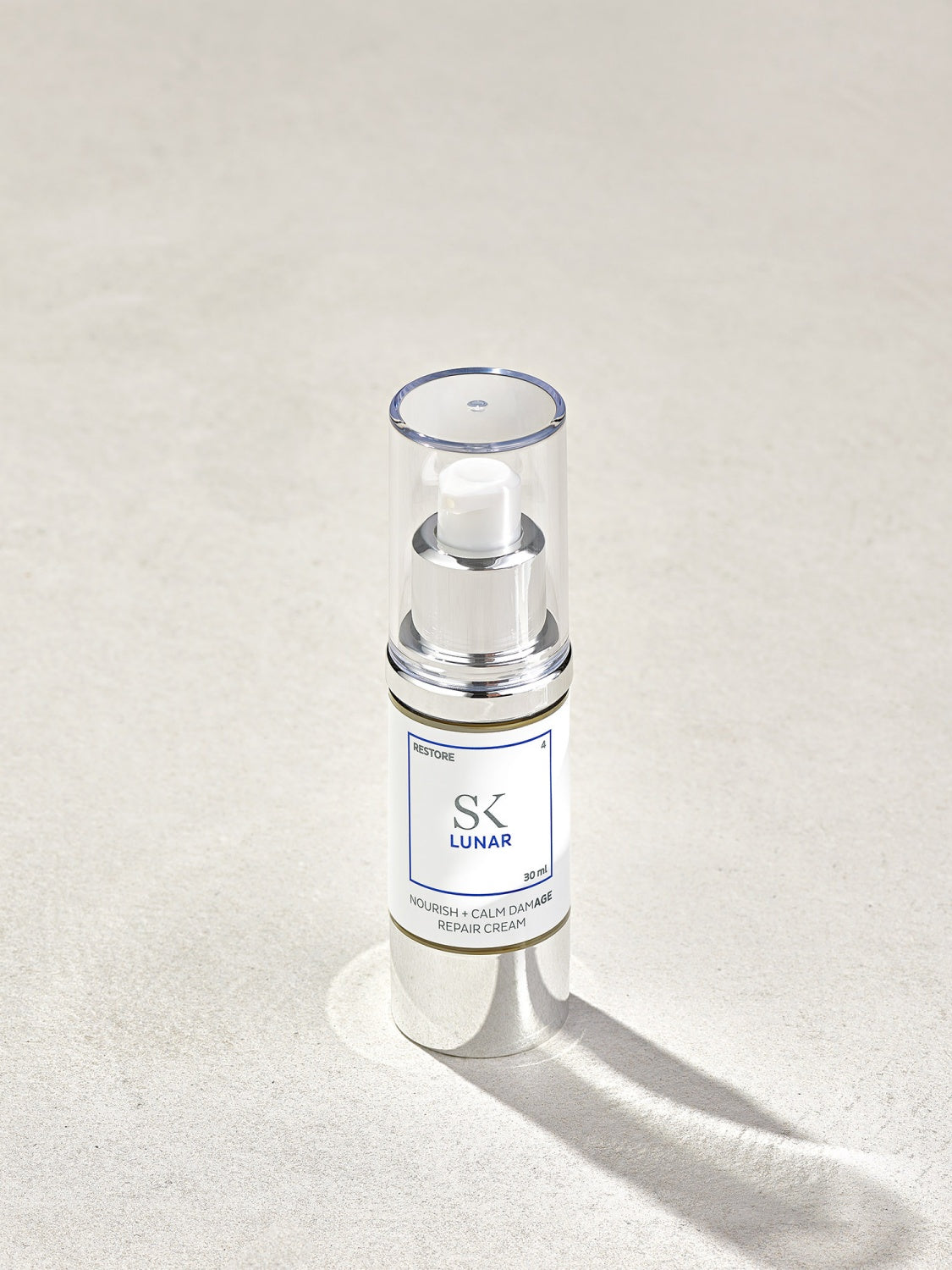Panthenol is an often unfairly neglected hero of cosmetic products. Although it is rarely talked about, it is a not boring and very versatile ingredient from the shadow that acts as an excellent moisturizer, restores damaged skin and helps strengthen its barrier function. That is exactly why it is an indispensable ingredient of a large number of Skintegra products. We will explain what panthenol is, how it works, why it is worth including in your skin care routine and how you can do it.
What is panthenol?
Panthenol is a synthetic alcohol analogue, i.e. a precursor of pantothenic acid - a member of the B vitamin complex, known as vitamin B5, which is an integral part of skin and hair. Panthenol has 2 enantiomers, D- and L-, of which only D-panthenol, also known as dexpanthenol, is biologically active due to enzymatically catalyzed conversion by oxidation into pantothenic acid. Pantothenic acid is an integral part of coenzyme A , which is crucial in cellular metabolism because it participates in the transfer of acyl groups during the biosynthesis of fatty acids and gluconeogenesis.
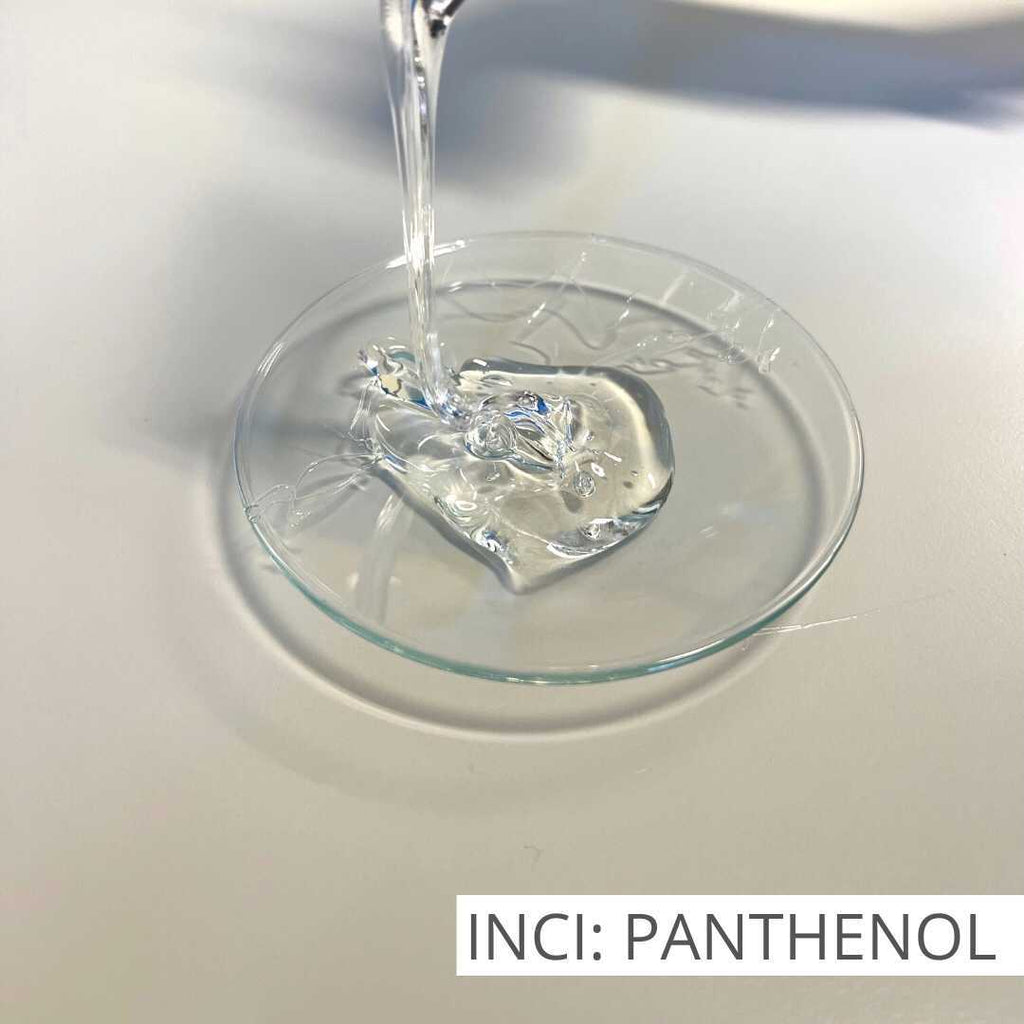
What are the benefits of panthenol for the skin?
This very versatile ingredient is an important component of cosmetic preparations because of its role in the physiology of the skin and its numerous benefits for its health. When applied topically, panthenol is quickly converted into vitamin B5.
Due to its solubility in water and hygroscopicity, it acts as a humectant, i.e. a humectant - it restores lost moisture to the skin by attracting and binding water to skin cells, helps maintain optimal skin moisture and slows down the process of moisture evaporation, supporting a balanced hydrolipidic barrier.
In addition to reducing transepidermal water loss (TEWL) and maintaining the skin's homeostasis by preventing dehydration, the use of formulas containing panthenol is important because it promotes the healing of wounds and burns, most likely due to the activation of fibroblast proliferation, cell migration and increased collagen synthesis, which makes this ingredient beneficial for the recovery of damaged skin. In addition, pantothenic acid is also necessary for normal metabolic processes of epithelial tissue.
Furthermore, due to its hydrating and emollient properties, panthenol also helps reduce skin roughness, SLS-induced irritations, skin soothing and anti-inflammatory effects, and has also been shown to reduce side effects associated with retinoid therapy.
What type of skin is panthenol suitable for?
The skin tolerates the topical application of panthenol extremely well and it does not cause skin irritation, such as itching, dryness and redness. Due to its gentleness, intensive moisturizing of the skin, strengthening of its barrier function and modulation of the inflammatory response, it is widely used in cosmetic preparations, and every skin type can benefit from panthenol. It is especially useful for sensitive skin , where the priority is soothing care, acting as its protector. In addition, topical application of panthenol is proven to help with atopic dermatitis, as well as contact dermatitis and psoriasis and some other dermatoses.
How to incorporate panthenol into your skin care routine?
Panthenol is found in many types of skin care products, allowing you to incorporate it into your routine in a variety of ways. It can also be used in combination with retinoids, vitamin C and other active ingredients because, due to its calming effect , it helps the skin assimilate these powerful ingredients and is part of Skintegra Clarion exfoliating serum for skin prone to irregularities, Architect intensive serum emulsion for problem skin and Lumion liquid exfoliant in which it acts as an anti-inflammatory.
You will get the greatest benefit from panthenol by using leave-on products, which ensure a longer interaction with the skin, such as serum emulsions and nourishing creams such as Hydra B , Úna , Spectra , CICA-CERA or Lunar , the choice of which depends on your skin type. It is also part of the Sphynx treatment gel-cream for the eye area, in which it hydrates and soothes the thin skin around the eyes.
Literature:
- Bissett, Donald. (2009). Common cosmeceuticals. Clinics in dermatology. 27. 435-45.
- Ferreira, Marta & Lobo, José & Almeida, Isabel. (2021). Sensitive skin: Active ingredients in the spotlight. International Journal of Cosmetic Science. 44.
- Proksch, Ehrhardt & Bony, Raymond & Trapp, Sonja & Boudon, Stéphanie. (2017). Topical use of dexpanthenol: a 70th anniversary article. Journal of Dermatological Treatment. 28. 1-8.
- Camargo, Flávio & Gaspar, Lorena & Campos, Patricia. (2011). Skin moisturizing effects of panthenol-based formulations. Journal of cosmetic science. 62. 361-70.

